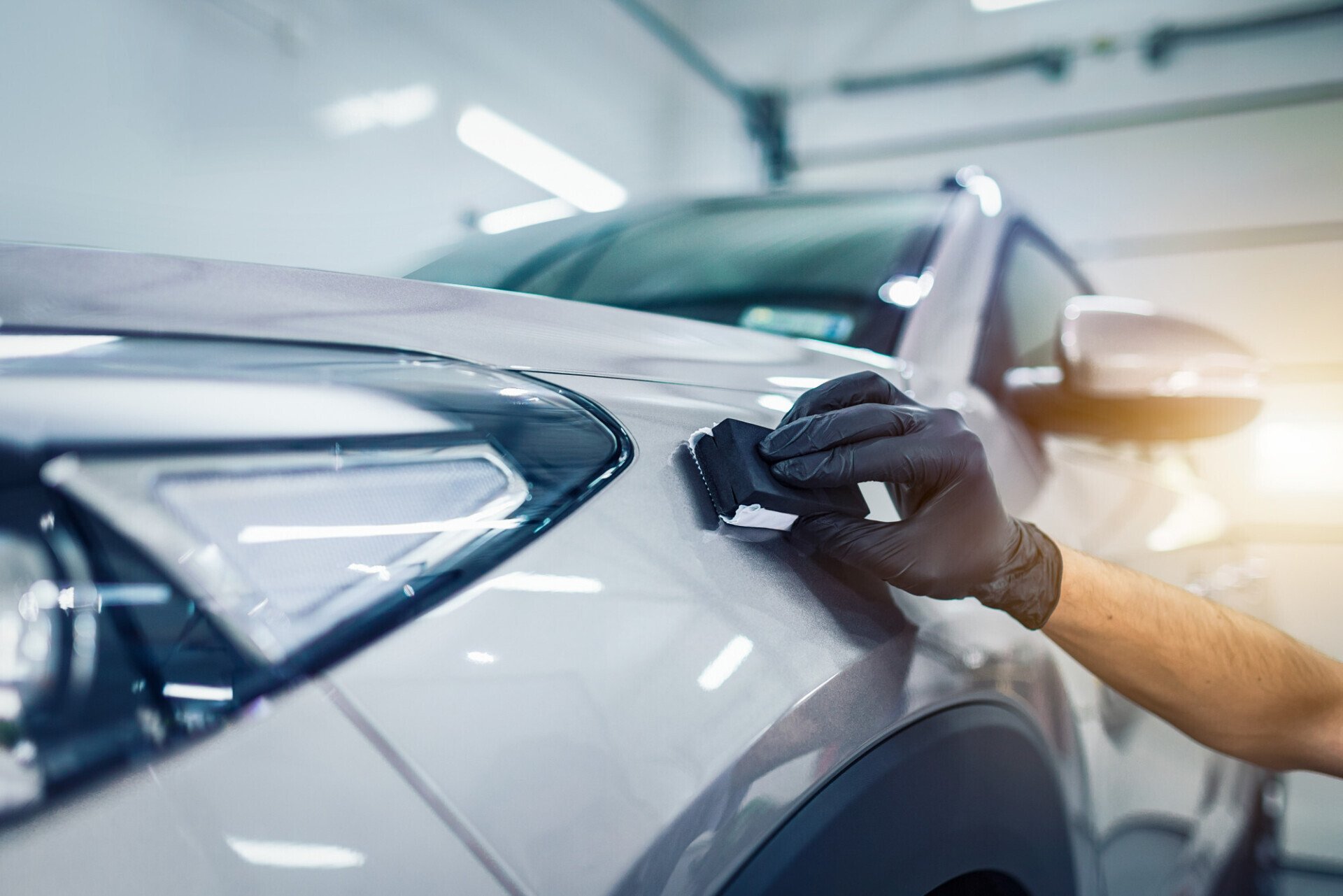Exploring the Most Common Problems with Car Navigation Screens

Car navigation screens are an essential feature in modern vehicles, offering convenience, safety, and guidance on the road. However, like any electronic device, navigation screens can experience issues that affect their performance. Understanding the most common problems with car navigation screens and how to address them can help you maintain a fully functional system and ensure a smooth driving experience.
Unresponsive Touchscreen
One of the most frequent issues with car navigation screens is an unresponsive or malfunctioning touchscreen. This problem may occur when the screen does not register touch inputs or responds intermittently. Common causes include dirty or damaged screens, software glitches, or even physical damage to the screen itself. In many cases, cleaning the screen with a microfiber cloth and checking for any visible damage can resolve the issue. If the screen is still unresponsive, performing a system reset or updating the navigation software may help. If the issue persists, replacing the touchscreen may be necessary.
Software Glitches and Freezes
Software glitches and freezes are another common problem with navigation screens. These issues can cause the system to freeze during route calculations, stop responding to inputs, or display incorrect information. Software problems may arise due to outdated firmware, corrupted files, or conflicts between apps running on the system. To address these issues, ensure that the navigation software is up-to-date by checking for updates in the system settings. If the system continues to freeze, performing a factory reset may restore the software to its default settings, fixing any underlying issues.

Poor GPS Signal Reception
A poor GPS signal is a major issue for car navigation systems, leading to inaccurate directions or a complete loss of the navigation feature. This problem can occur if the GPS antenna is obstructed by dirt, ice, or other debris, or if the car is in an area with limited satellite visibility, such as underground parking or densely wooded areas. Ensuring that the antenna is clear and unobstructed can help improve signal strength. As you choose the Auto Repair in Boulder, CO based service, you would get a proper support.
Display and Visual Problems
Another common issue with navigation screens is display-related problems, such as dim screens, distorted colors, or flickering images. These problems can be caused by issues with the screen’s backlight, a malfunctioning display unit, or wiring problems. If the screen appears too dim, adjusting the brightness settings in the system may help. If the display is still unclear, it’s worth checking for loose connections or damaged wires.
Connectivity Issues
Connectivity issues can also affect the performance of car navigation screens, particularly when using features like Bluetooth, Wi-Fi, or smartphone integration. Problems with pairing devices, dropping connections, or slow data transmission can hinder the navigation system’s ability to function properly. To resolve these issues, check that Bluetooth or Wi-Fi settings are correctly configured and that the navigation system is connected to the appropriate devices. If the problem persists, resetting the system or removing and re-pairing devices may help improve connectivity.




